As much as you love a healthy and vibrant lawn, maintaining it can be a daunting task. Moreover, if you have moss issues on your lawn, it can be a seriously annoying job to get rid of them.
Well, if you’re looking for solutions to this problem, you’re at the right place! Not only we’ll share moss removal strategies with you, but we’ll also share with you some long-term lawn maintenance tips such that you can prevent the mosses from returning. Read on to find out!
1. Scarification
It is the non-weed killer control for removing the loose moss from your lawn. It is primarily done during autumn.
If you have a small lawn, then you can do scarification by yourself, raking the moss out of your lawn with a spring-tine rake. But if you have a larger lawn, you can simply hire mechanical scarifiers for raking.
2. Non-Chemical treatment
Various non-chemical products can be used to control the moss on your lawn. Bacteria-based treatment products like Viano MO Bacter Organic Lawn Fertiliser, Miracle-Gro Evergreen No Rake, and many more show reasonable control over the growth of the moss on your lawn.
Before applying these products, you should mow your lawn firstly and leave it for 7-10 days before mowing again. It should be applied during March – October when the temperature is above 15 degrees Celsius. And remember – wet them to make them active!
Do you know what the best part about using non-chemical treatment is? You don’t even have to rake the lawn!
3. Chemical treatment
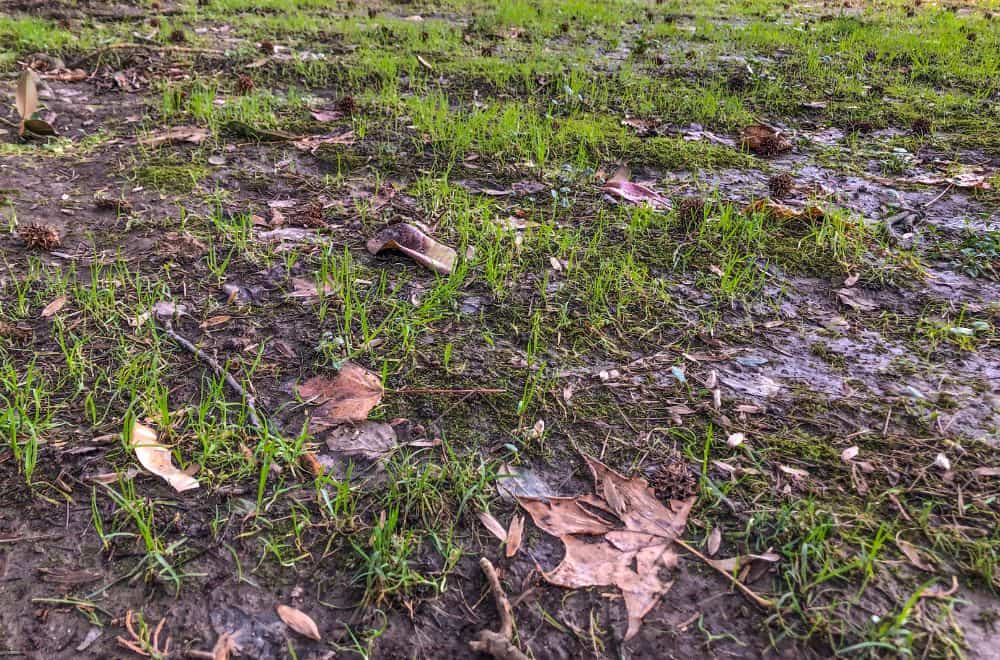
It is the most common moss control tip widely used across the globe. Chemicals like ferrous sulfate are the most effective way to remove the moss present in your lawn. Some chemical moss killer also comes with the fertilizers which are very useful for the lawn.
It would be best if you were careful to apply the chemical moss killer during autumn or spring when the weather is slightly cool and wet because this season favors the growth of the seeds, which are sown afterward.
4. Use of dish soap
It is one of the safest methods to eradicate the moss from your lawn. It can be easily made at home and is also one of the cheapest alternatives. You can simply 2 ounces of dish soap and 1 gallon of water in a garden hand sprayer for applying on a small lawn.
But if you have a larger lawn, mix 2 ounces of dish soap with 2 gallons of water and spray over the moss.
When the mixture is sprayed over the moss, the moss changes its color to orange or brown within 24 hours and eventually dries out. Now, you can rake up the dry moss and let the surrounding grass grow over the patches.
5. Baking soda works just as fine
Baking soda is used in plenty of delicious recipes and kitchen DIYs. But did you know that you can use it as a natural moss killer?
Add 2 to 3 tablespoons of baking soda to four cups of water and give it a quick shake. Pour the solution into your hand sprayer and spray it to problematic areas. Gradually increase the concentration of your baking soda solution if the moss doesn’t respond.
Alternatively, you can simply sprinkle baking soda to moss patches and even out the coverage using a brush or a broom. After a few days, you’ll notice that the moss will turn golden and flake away. Clean the area, and you’re done!
6. Test your lawn soil
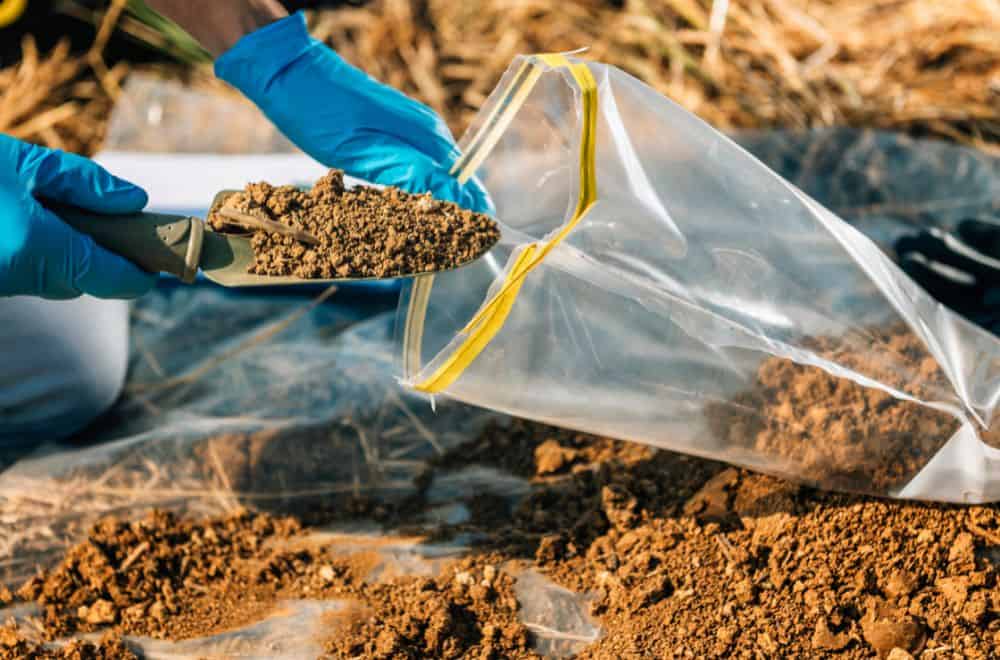
You can also use the help of a soil tester to determine whether your lawn is suitable to grow grass or not. If your lawn soil is acidic, it hampers the growth of grass and provides an environment for the moss to grow.
In order for the turfgrass to grow, your soil needs a pH value between 6 and 7. You can also apply some remedies like adding lime to the acidic soil, which will increase the pH value by making your soil less acidic and helping the grass grow.
The other benefit of having your soil tested is that it tells you what kind of nutrients are required to improve your lawn soil quality.
If the grass doesn’t get the essential nutrients to grow, it promotes the growth of moss in your lawn as moss can be opportunistic and grow on areas where your regular lawn grass fails to grow.
7. Dethatching
You should always remember thatches in your lawn might be helping the mosses to grow. If your lawn has excessive thatches, it could obstruct the flow of oxygen, water, and nutrients to the grass and stop the growth of the grass.
It also obstructs the proper drainage of your lawn. So, in order to get rid of the moss, you can simply dethatch the thatched area. Dethatching is also effective in removing existing moss from your lawn.
8. Proper watering of the lawn
You should never add too much or too little water to your lawn. You should only water your lawn when it is necessary to supplement the rainwater.
You can also use the rain gauge to measure the water level that your lawn receives and also look for the signs on your grass and water the lawn as per necessity.
Grass on your lawn can be thin during the drought period, and the lawn can also be moist if you water it too often; both conditions provide an opportunity for the moss to grow on your lawn. So, for the prevention and getting rid of moss, proper irrigation strategies should be prepared.
9. Aerate your soil
Moss loves damp soil. If you have a significant moss issue, it might be an indication that there’s a drainage problem in your lawn. There are plenty of ways to address the problem, one being aerating the soil.
Compact soil is unable to drain water efficiently. If you have kids who love playing on the lawn, your lawn soil might be compact. Try aerating the soil for better drainage. You can use power-driven aerators or manual sod coring tools for this purpose.
10. Is your lawn too shady?
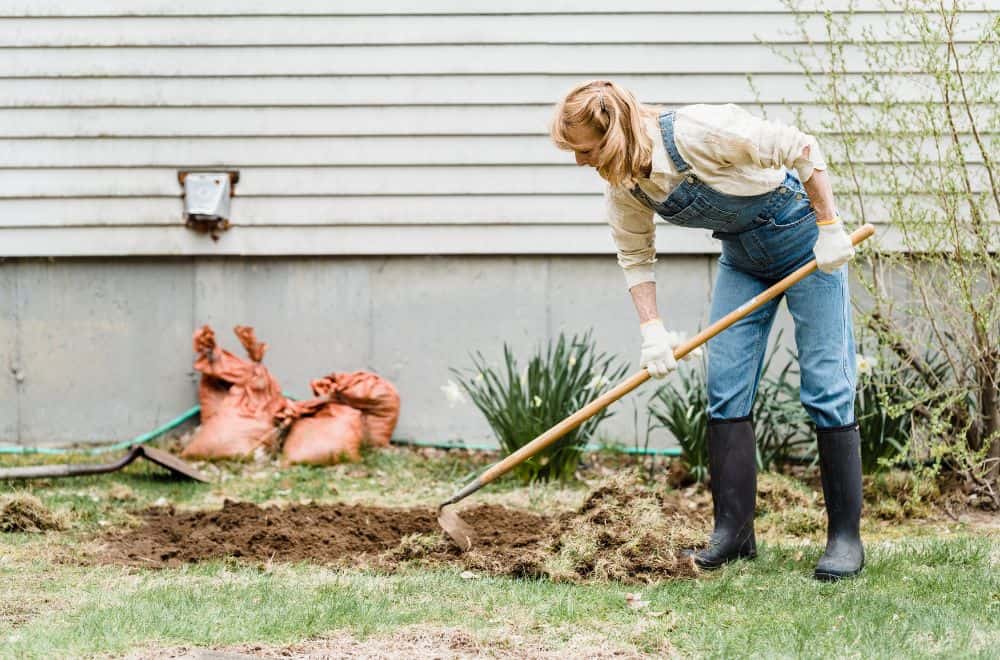
Too much shade in your lawn might be one of the reasons why moss is growing in your lawn. Wherever there’s shade, your lawn grass will not grow to its fullest, thus, providing empty spaces for moss to foster.
There are two ways by which you can solve this issue. Firstly, try cutting tree branches and bushes such that all the lawn grasses get enough sunlight. The healthier your lawn is, the lesser mosses will be able to foster.
The next easy way is to opt for shade-tolerant grass species at the time of plantation. Make sure you do proper research and take expert advice while choosing the seeds.
11. Feed your lawn adequately
Your lawn grass, weeds, other plants and algae, and mosses are always in competition with each other; for space, nutrition, and for water. So, needless to say, you must create an environment that favors your lawn grass.
Feed your lawn grass good fertilizers routinely and create a healthy environment for them to compete with unwanted weeds and mosses.
12. Don’t cut the grass too short
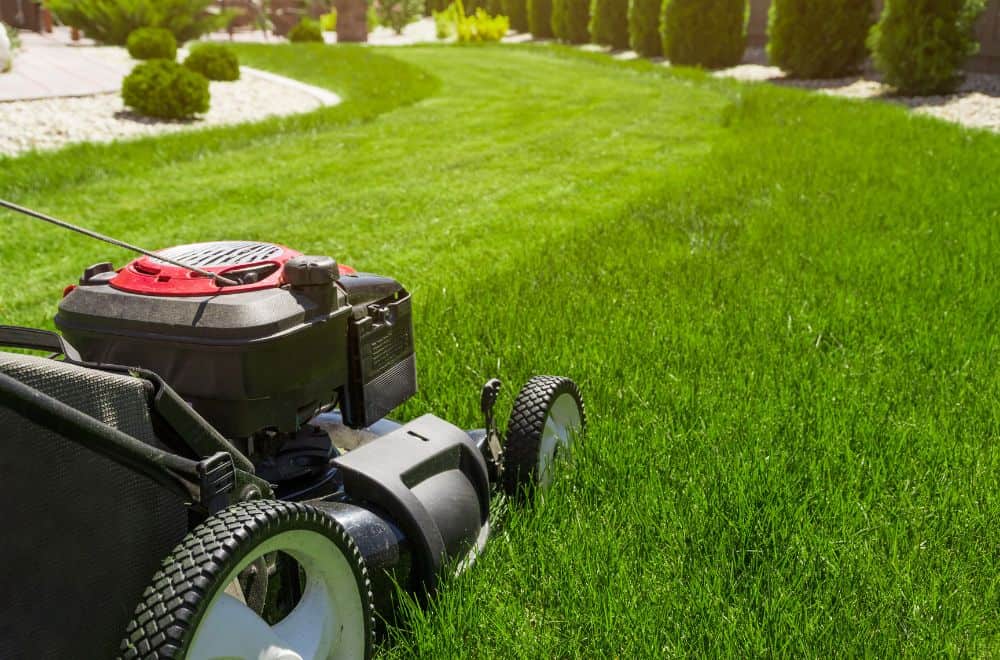
If you cut the grass leaves too short, it enables mosses and weeds to foster on your lawn. Moreover, cutting grass too much increases the risk of root damage. So, never cut your lawn grass too short if you’re trying to get rid of lawn moss.
13. Water your lawn less often
If you notice a significant moss growth in your lawn, it might be an indication that you’re watering the lawn too often. While watering your lawn is essential for grass growth, moss will most likely feel at home on your lawn if it becomes too moist.
So, if your lawn soil seems clay-ey and looks moist, try watering less often. In such cases, you should also try to increase drainage by aerating your lawn.
14. Lawn Lime
We’ve discussed before that moss prefers acidic soil. You can add lawn lime to your lawn to increase the pH of the soil.
This method is not a straightforward way of lawn removal. However, over the course of time, you’ll surely notice a significant reduction of moss. Moreover, increasing the pH of the soil slightly favors grass growth, thus giving you a thick luscious lawn.
Summary
Moss growth in your lawn can be a major indication that your lawn environment is not favoring lawn grass properly. So, along with trying quick remedies for moss removal, you should also perform an in-depth analysis of your lawn soil and environment.
You can take expert advice or test your soil for the purpose. Once you find out the major problems, address them one by one. Doing so will not only eliminate your lawn mosses but will also help you grow a healthy and luscious green lawn.
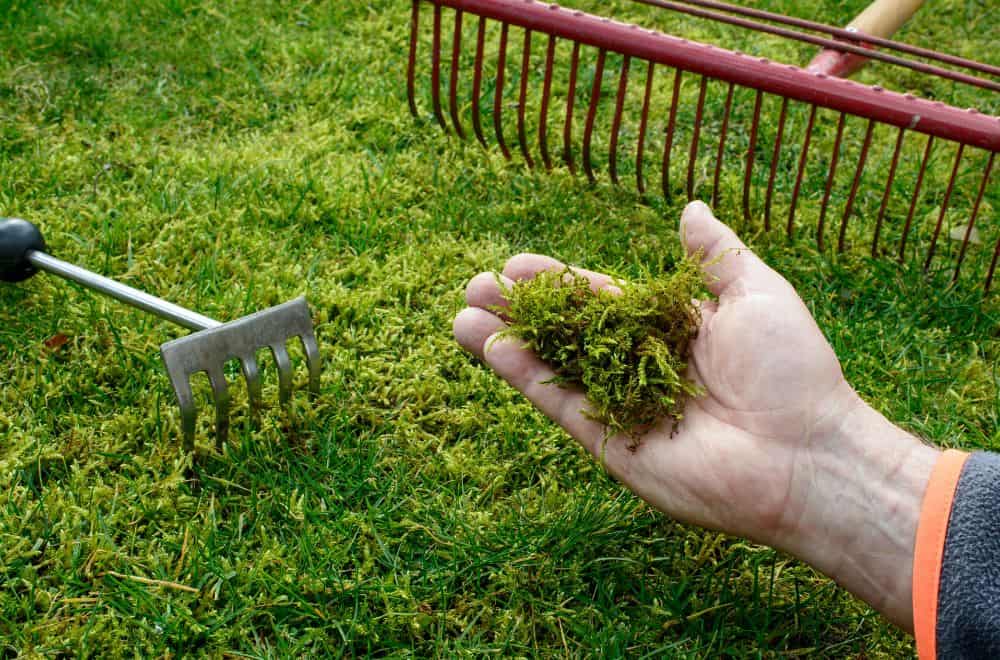
Leave a comment